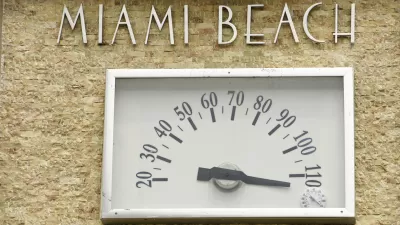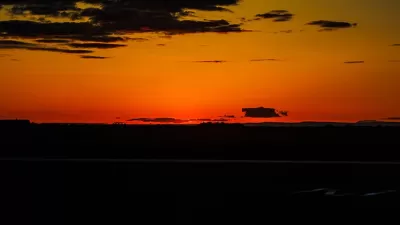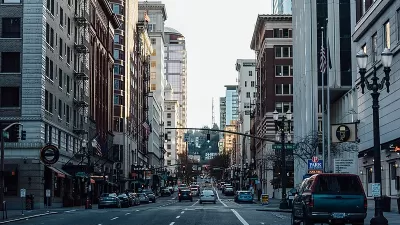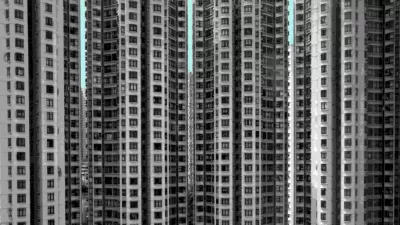Cities are hotter because of the way we build them, and they could be cooler if we built them differently.

Over the past 30 years, guess what kind of weather disaster has killed more Americans than any other? It’s not hurricanes or tornadoes. It’s not flooding or lightning. It’s heat. And like many other environmental dangers, it disproportionately kills people of color.
As our climate continues to change and heat waves become more frequent, more severe, and longer-lasting, extreme heat events will only become more dangerous. That’s especially true in urban areas, where over 80% of Americans live. The urban heat island effect makes cities warmer than rural areas. The average temperature in a city with over one million people can be as much as 5.4 degrees Fahrenheit warmer than the surrounding countryside. On a calm, clear night, the difference can be as much as 22 degrees.
We can’t control the weather, and in the longer term, even with major climate action from world leaders, some warming is already baked into our climate system. But there is one aspect of extreme heat we can control. Cities are hotter because of how we build them, and they can be cooler if we build them differently.
It’s time for federal regulations to limit how much buildings, roads, parking lots, and other urban features are allowed to heat up the neighborhood. Just as the EPA regulates runoff pollution through the Clean Water Act and air pollution through the Clean Air Act, the agency should also regulate heat pollution through a "cool communities" act.
FULL STORY: As Urban Areas Feel the Heat, It’s Time for National Cool Communities Standards

Trump Administration Could Effectively End Housing Voucher Program
Federal officials are eyeing major cuts to the Section 8 program that helps millions of low-income households pay rent.

Planetizen Federal Action Tracker
A weekly monitor of how Trump’s orders and actions are impacting planners and planning in America.

Ken Jennings Launches Transit Web Series
The Jeopardy champ wants you to ride public transit.

Rebuilding Smarter: How LA County Is Guiding Fire-Ravaged Communities Toward Resilience
Los Angeles County is leading a coordinated effort to help fire-impacted communities rebuild with resilience by providing recovery resources, promoting fire-wise design, and aligning reconstruction with broader sustainability and climate goals.

When Borders Blur: Regional Collaboration in Action
As regional challenges outgrow city boundaries, “When Borders Blur” explores how cross-jurisdictional collaboration can drive smarter, more resilient urban planning, sharing real-world lessons from thriving partnerships across North America.

Philadelphia Is Expanding its Network of Roundabouts
Roundabouts are widely shown to decrease traffic speed, reduce congestion, and improve efficiency.
Urban Design for Planners 1: Software Tools
This six-course series explores essential urban design concepts using open source software and equips planners with the tools they need to participate fully in the urban design process.
Planning for Universal Design
Learn the tools for implementing Universal Design in planning regulations.
Ada County Highway District
Clanton & Associates, Inc.
Jessamine County Fiscal Court
Institute for Housing and Urban Development Studies (IHS)
City of Grandview
Harvard GSD Executive Education
Toledo-Lucas County Plan Commissions
Salt Lake City
NYU Wagner Graduate School of Public Service





























